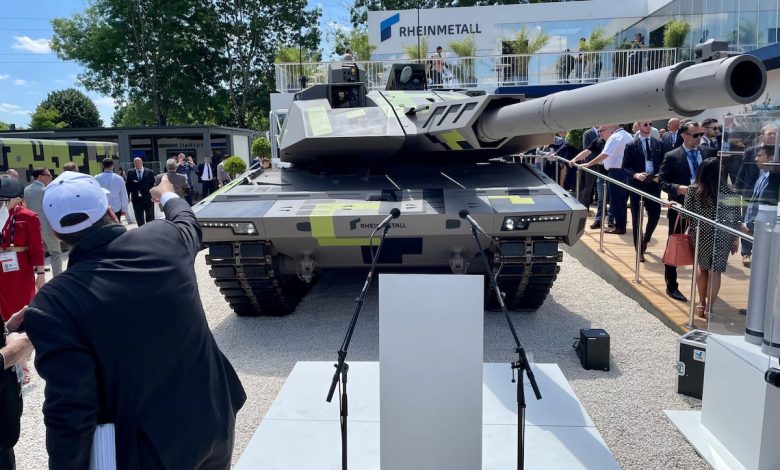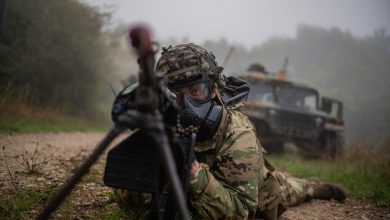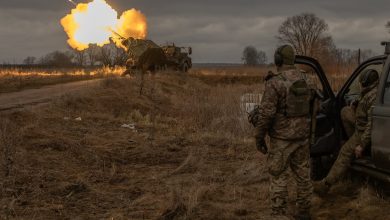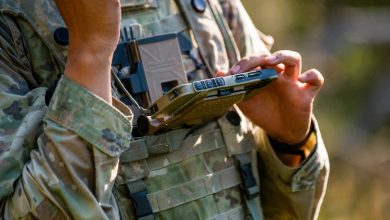Rheinmetall, Leonardo pitch new Italy tank pact as a model for Europe

ROME — Rheinmetall and Leonardo will deliver a new infantry fighting vehicle to the Italian army within two years and a new main battle tank within three years, the companies said on Tuesday as they announced the signing of a joint venture.
Known as Leonardo Rheinmetall Military Vehicles (LRMV), the 50-50 joint venture will be headquartered in Rome with its operational headquarters in La Spezia, the Italian hub for ground vehicle construction, the firms said in a statement.
Formed in response to an Italian army requirement for new fighting vehicles and tanks, the JV will involve Leonardo taking 50 percent of workshare and Rheinmetall in Germany taking 40 percent with the remaining ten percent taken by Rheinmetall’s Italian facilities.
Dubbed by the firms as a “new European nucleus for the development and production of military combat vehicles in Europe,” the JV follows a memorandum of understanding signed in July.
It also comes in the wake of the collapse of plans by Leonardo and KNDS to build vehicles after the Franco-German consortium balked at Leonardo’s workshare requests.
Speaking at a press conference in Rome, Leonardo CEO Roberto Cingolani said firms in Europe needed to join forces and be “sherpas” on the continent, leading governments towards industrial integration, even if they risked losing “a fraction” of domestic market.
“We hope this will be a seed for the growth of a safer Europe,” he added.
Speaking alongside him, Rheinmetall CEO Armin Papperger said, “We negotiated everything in 3-4 months and made it happen.”
The deal involves the manufacture of 1,050 new infantry fighting vehicles for the Italian army based on the Rheinmetall Lynx to replace Italy’s aging Dardo vehicles.
With 16 different versions to be supplied and the first vehicle delivered in two years, the program will run to 2040 and cost €15 billion ($16.4 billion), the managers said.
Rheinmetall’s under-development Panther KF51 will be the basis of a new main battle tank to replace Italy’s Ariete tanks, with 132 to be supplied in an €8 billion program due to run until 2035, with the first tank to be delivered in two and a half to three years.
Papperger said a 130mm gun would be ready for the tank in three years if the Italian government wanted it.
Asked why Leonardo had broken off its talks with KNDS to furnish the Italian army with the Leopard, Cingolani said KNDS had only been able to promise the first tank in five years.
In their statement, the firms said that Leonardo will be responsible for mission systems, electronics suites and weapons on the vehicles destined for the Italian army.
Papperger said a half-hour discussion with Cingolani about combining Rheinmetall’s platforms with Leonardo’s digitalization capabilities was enough to convince them to do the deal.
“It was clear that complementarity with Rheinmetall was very high,” said Cingolani.
The new vehicles would “Very likely (be) the most advanced on the continent, on the planet,” he added.
Papperger said that the vehicles had export potential. “We are primarily addressing the Italian market, but we will also be targeting other partner nations which are in need of modernizing their combat systems in the future,” he said, adding that most of the 5,000 main battle tanks in the world were at least 35 years old.
He predicted that the new JV’s revenue could run to €2 billion to €4 billion a year, with profitability at 15 percent.
Cingolani said that by networking the new vehicles, further business opportunities were in store.
“Those machines will talk to satellites and super computers and other platforms and we have room to develop more and newer technologies to integrate into these platforms,” he said.
Papperger said the deal with Leonardo would not affect its commitment to building a new European tank with KNDS, which he said was due to be ready in 2040.
“At the moment we have war, and there is need over the next ten years for infantry fighting vehicles and tanks,” he said.
The European tank program, he added, “Is a different approach and it is not dead.”
Tom Kington is the Italy correspondent for Defense News.







